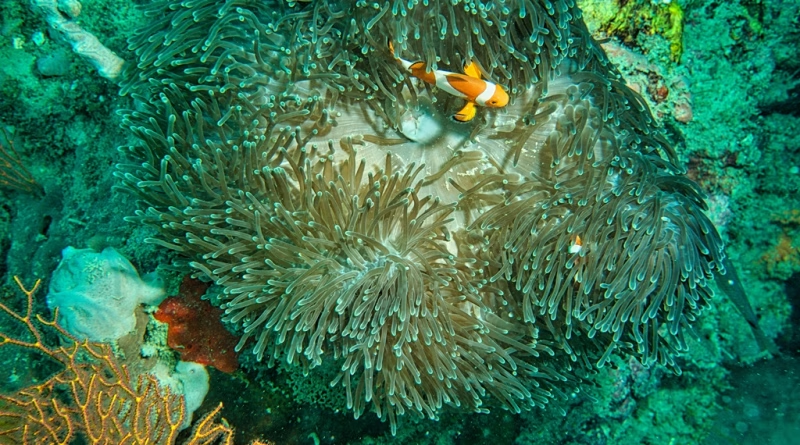Deep Sea Discoveries This Year: What’s Lurking Below?
Even in 2025, more people have walked on the Moon than have visited the deepest parts of our oceans. But this year, that’s beginning to change.
Thanks to new autonomous submersibles, deep-sea drones, and international exploration missions, scientists are diving deeper and seeing clearer than ever before. And what they’re finding isn’t just fascinating—it’s otherworldly.
Let’s take a look at the most intriguing deep sea discoveries of 2025—from living fossils to glowing predators.
🐙 1. A New “Ghost Octopus” Nursery in the Pacific
In the Clarion-Clipperton Zone—a deep trench between Hawaii and Mexico—researchers found a second ghost octopus nursery, confirming a rare deep-sea phenomenon observed only once before in 2016.
- These translucent, gelatinous octopuses brood their eggs near hydrothermal seeps, using geothermal warmth to aid development.
- The discovery suggests more deep-sea species may use thermal vents as breeding grounds.
Why It Matters:
It deepens our understanding of how life adapts to extreme pressure, cold, and darkness.
🦈 2. Bioluminescent “Torpedo Sharks” Discovered
A team from the OceanX Alliance detected a new species of glowing shark off the coast of New Zealand at a depth of ~1,200 meters.
- The species emits a blue-green glow from belly glands, likely to camouflage from predators below.
- It’s part of a growing list of bioluminescent megafauna that may number in the thousands—still undocumented.
Why It Matters:
It challenges assumptions that large predators don’t bioluminesce, and it opens new questions about deep-sea food webs.
🌋 3. A Live Undersea Volcano Ecosystem
In the Tonga Trench, a volcanic seamount once thought dormant erupted underwater in late 2024. By early 2025, remotely operated vehicles found it teeming with life.
- Tube worms, shrimp, and microbial mats were thriving in 400°C vent plumes.
- Scientists called it a “living Pompeii“—a rare look at how life colonizes newly formed deep terrain.
Why It Matters:
It provides real-time data on how life emerges in hostile, unstable environments—a key area for astrobiology.
🧬 4. Deep Biosphere DNA Shocks Scientists
Sediment samples from 5,000+ meters below the surface in the South Atlantic revealed microbial life forms with no known relatives.
- These microbes survive with zero light, low oxygen, and immense pressure.
- Early genetic analysis shows completely novel branches of the tree of life.
Why It Matters:
This raises the possibility that Earth harbors more unknown life below its oceans than on land—and could reshape our definitions of biodiversity.
⚓ 5. Rediscovered: A “Lost” WW2 Wreck Turned Micro-Habitat
Marine archaeologists exploring the wreck of the USS Hardin, a WWII destroyer sunk in the Philippine Trench, found it coated in deep-sea coral and acting as a base for rare scavenger fish and squat lobsters.
Why It Matters:
Shows how artificial structures can become unexpected ecosystems, especially in nutrient-scarce deep-sea deserts.
🛠️ Tools Behind 2025’s Deepest Discoveries
- Autonomous Underwater Vehicles (AUVs): Run 24/7 on battery and AI guidance
- ROVs with HD+ Thermal Imaging: For vent and creature observation
- Deep-sea DNA Sequencing Pods: Analyze sediment samples live, ship-free
- Pressure-tolerant drones: With sonar mapping and time-lapse cameras
⚖️ Ethical and Ecological Questions Ahead
- Deep-sea mining operations threaten many of these undiscovered ecosystems.
- Some areas, like the Clarion-Clipperton Zone, are already licensed for extraction despite limited biological mapping.
- Scientists urge a “discover before we destroy” policy for ocean governance.
🧠 Final Thought: Earth’s Last Alien Frontier
The deep sea remains the least explored biome on Earth—and also its most vital. It stores carbon, controls climate, and harbors life forms we barely comprehend.
In 2025, we’re not just studying the ocean—we’re entering a world that behaves like another planet. And the deeper we go, the more we realize: the mysteries of Earth might rival those of space.




